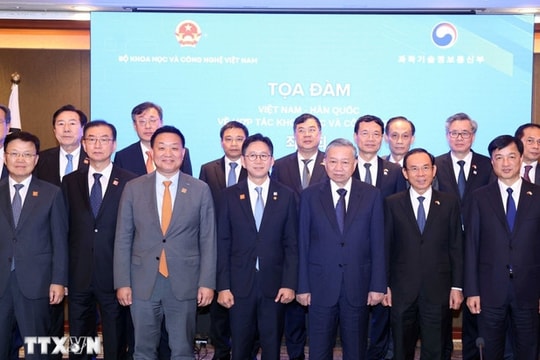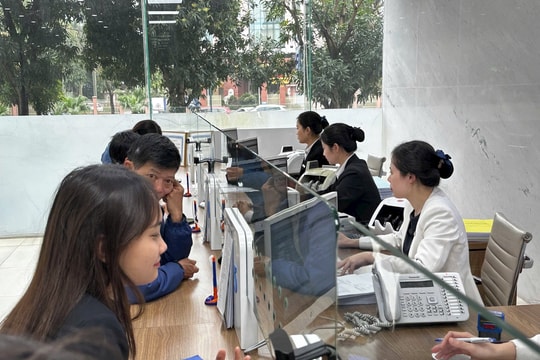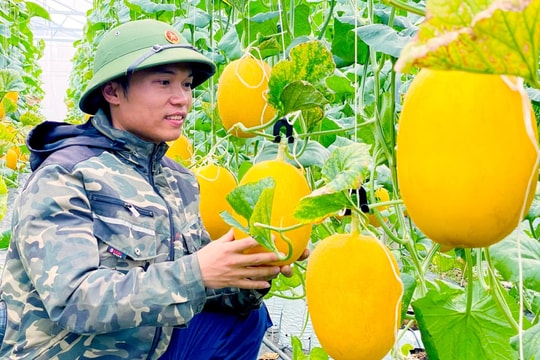Circular economy - key strategy in the era of climate change- Lesson 1: The strategic role of circular economy in the current context
From the advantages of area, potential for agricultural and industrial production, the diligence of the people, the spirit of daring to think, daring to do, daring to innovate, many circular economic models in Nghe An and in Vietnam have shown to be smart models, leading the way.
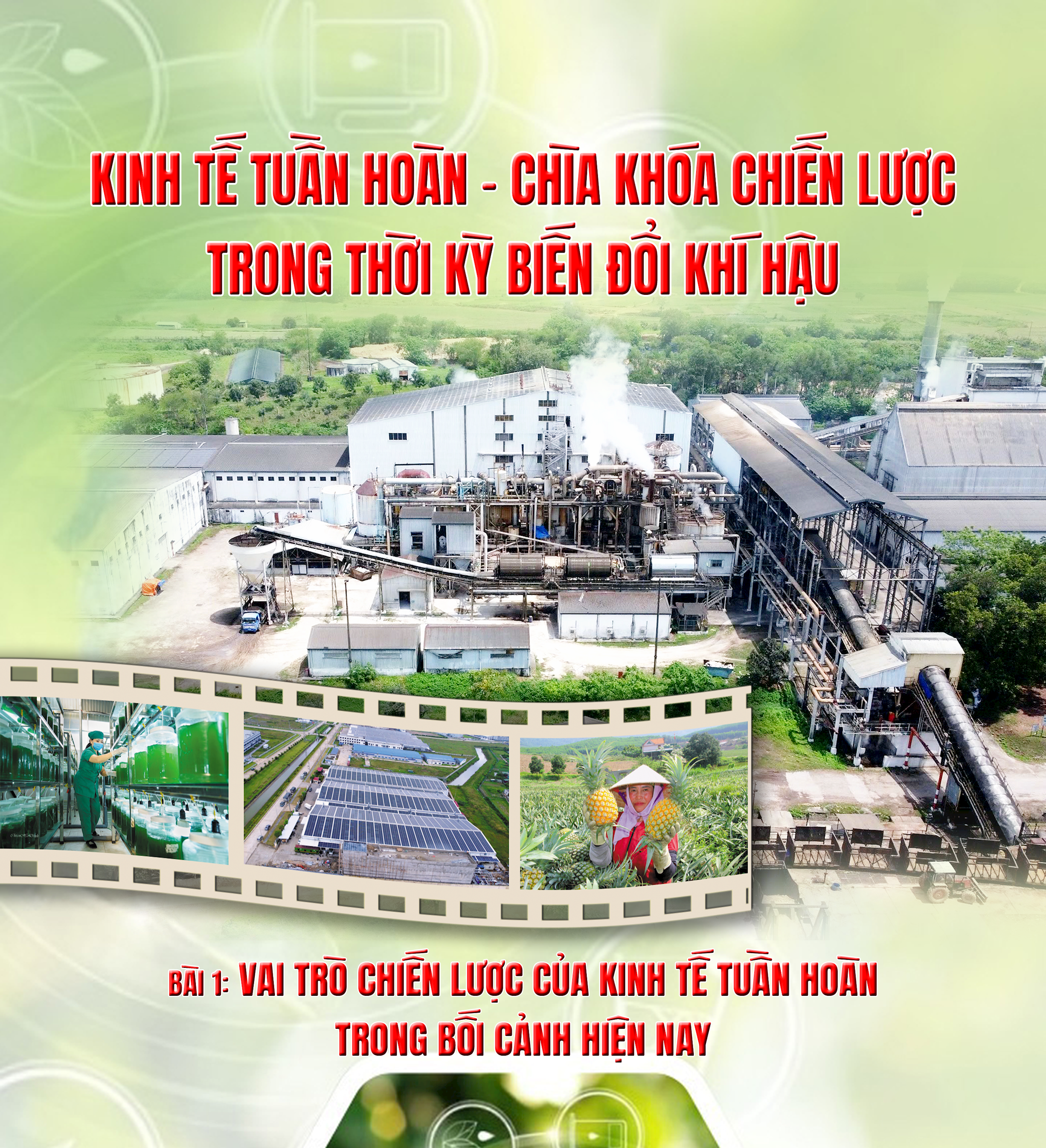
Reporter Group /Technique:Hong Toai• November 11, 2025
------------------------o0o---------------------
From the advantages of area, potential for agricultural and industrial production, the diligence of the people, the spirit of daring to think, daring to do, daring to innovate, many circular economic models in Nghe An and in Vietnam have shown to be smart models, leading the way.
------------------------o0o---------------------
.png)
If the green economy is the “destination”, then the circular economy is the “path to that destination”. An economy cannot be called green if it wastes resources, discharges waste uncontrollably and pollutes the environment. The circular economy is the solid foundation for a comprehensive green economy. Associate Professor, Dr. Nguyen Hong Quan - Director of the Institute for Circular Economy Research said: The circular economy (CEE) is “an economic system that maintains the value of products, materials and resources in the economy for as long as possible, while minimizing waste - that is, closing the product life cycle”. That means all resources are exploited, used, reused and recycled to the maximum, minimizing waste to the environment. Different from the traditional linear economic model of “exploitation - production - consumption - disposal”, the CEE aims to redesign the entire production and consumption chain, so that materials after the end of their life cycle at one stage can become inputs for another.
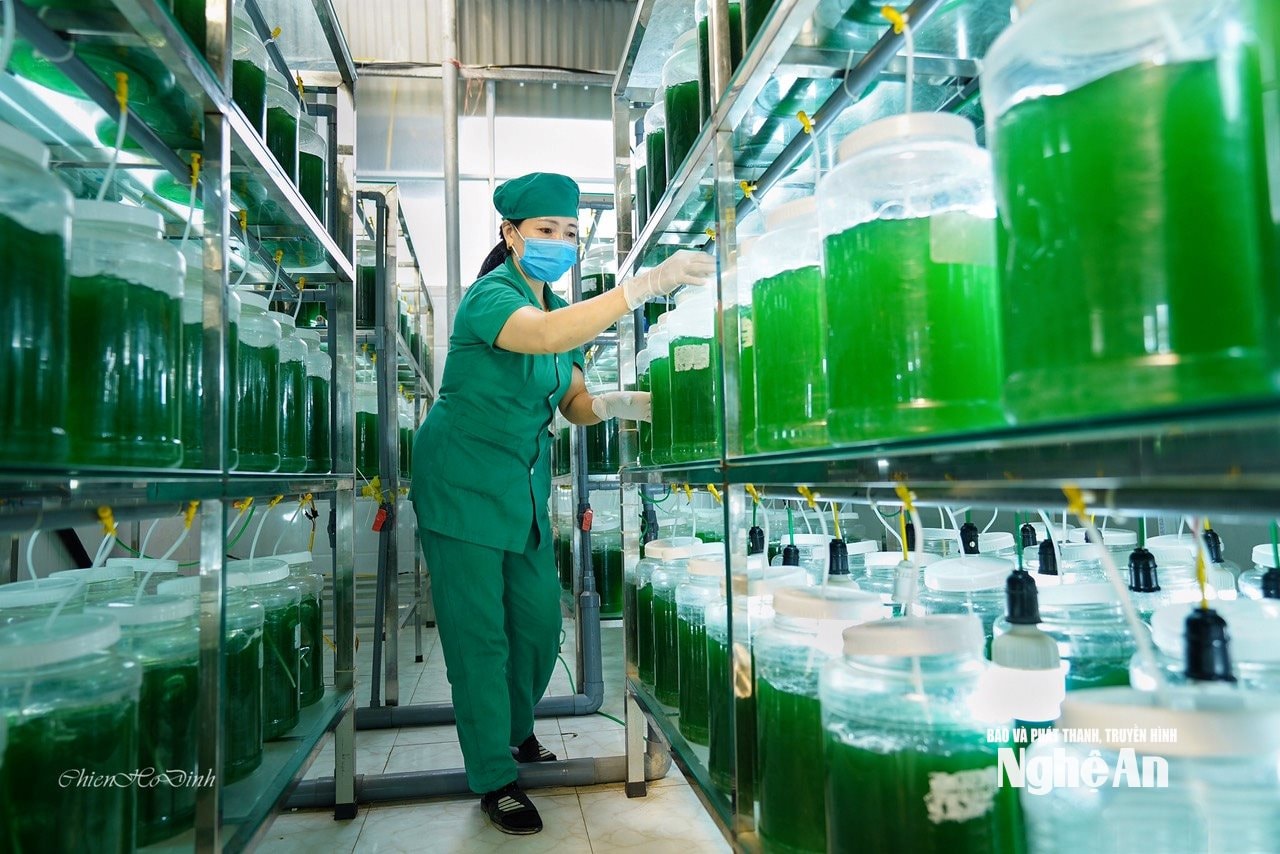
From very early on, our Party has affirmed the role of protecting resources and the environment in development. The 6th Congress (1986) pointed out: "The country's resources have not been well exploited, but have been wasted, especially agricultural land and forest resources; the ecological environment has been destroyed". That spirit has been inherited and strongly developed in recent Resolutions and strategies, especially the policy of developing a green economy and a circular economy in the new period.
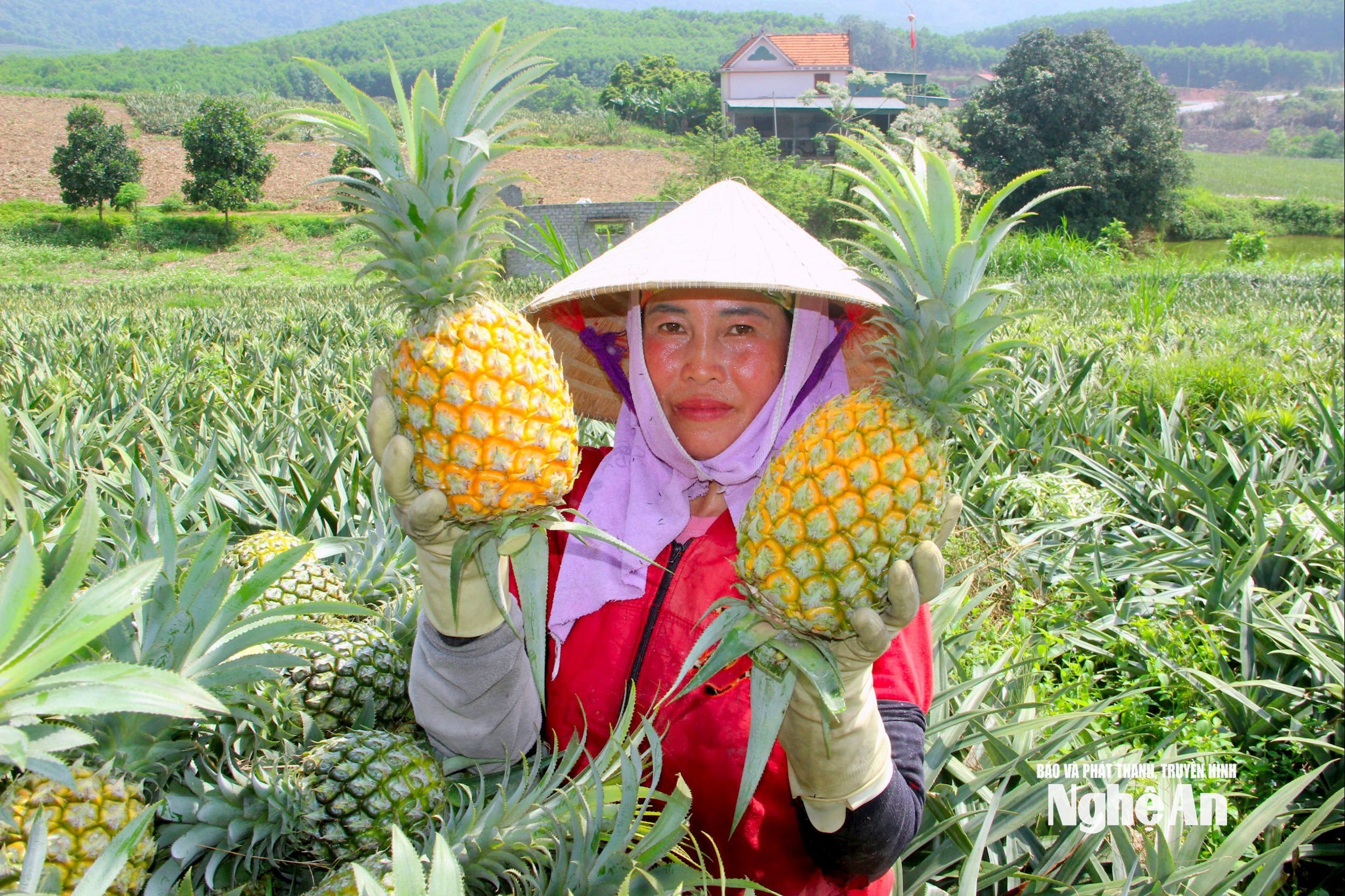
Nghe An - a land rich in potential but also facing many challenges - is a vivid proof. Storms, floods, droughts, saltwater intrusion, landslides... are increasingly serious even though the forest coverage rate is always among the highest in the country. Along with the rapid industrialization process, Nghe An is in the top 10 localities attracting large investments, which means that environmental pressure is increasing. Depleted groundwater resources, accumulated solid waste, waste from craft villages, untreated industrial waste... all pose an urgent need to change the development model.
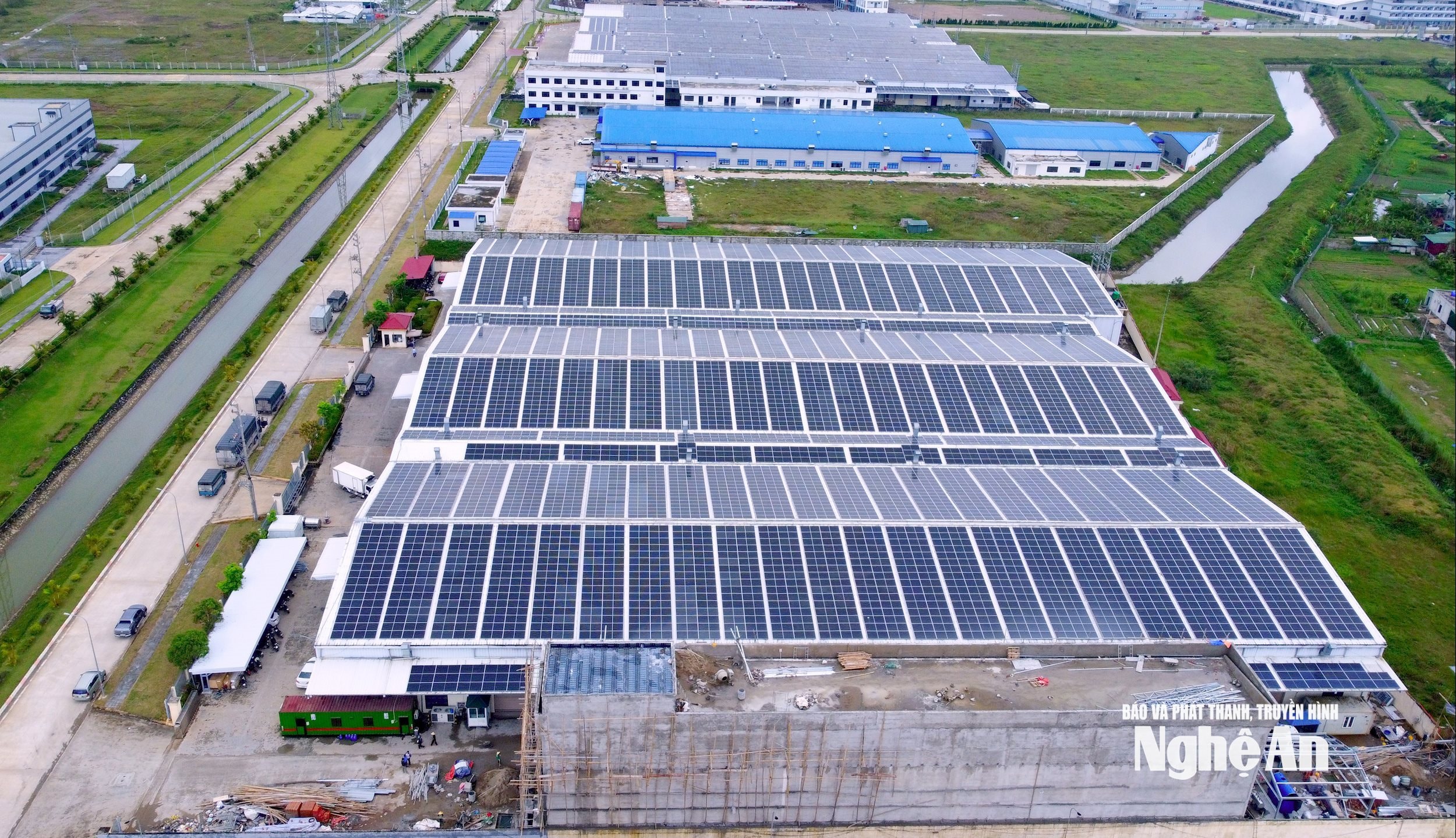
These signs are a clear warning: It is time to change production methods, innovate technology, and live in more harmony with nature. Circular economy is the answer, the way for us to develop without destroying the environment, to live in harmony with land, water, forests, mountains and seas; it is a civilized way of behaving with nature. There, every business, every cooperative, every citizen is a link in the green production chain - not only creating wealth, but also participating in protecting the environment through concrete actions. Turning by-products into fertilizers, recycling waste into energy, using renewable products instead of throwing them away - that is the new way of thinking that starts with small things, but brings great efficiency.
.png)
.png)
Circular economy emphasizes resource regeneration, waste reduction and product life cycle extension, creating a closed production - consumption - reuse cycle. Waste is no longer "garbage" but becomes input for the next production cycle; resources are not consumed but are regenerated; value is multiplied through many cycles. In the context of increasingly scarce resources, extending the life cycle of materials, reusing by-products and utilizing waste are solutions to reduce natural exploitation, save energy and reduce greenhouse gas emissions. This is an economically efficient, humane and responsible direction for the future.
Circular economy is also a driving force for innovation, technology and new production models. Waste can be converted into electricity, biogas, biomass pellets; ash and slag become construction materials. In large cities and Nghe An, many factories have appeared that convert waste into electricity, sugarcane into electricity, and waste into energy. In addition, renewable energy such as wind and solar energy helps reduce dependence on fossil fuels, moving towards zero net emissions. More importantly, circular economy brings sustainable, long-term economic value. Instead of chasing short-term profits, businesses and communities can be more stable in the face of market and resource fluctuations. Circular economy connects communities, cooperatives, businesses and governments in the green value chain - forming a network of connections, sharing benefits and responsibilities.

The Party, State and Government have clearly identified this direction: circular economy is one of the three pillars to achieve the goal of “green, inclusive and sustainable growth”. The commitment at COP26 on Net Zero 2050 demonstrates Vietnam’s strong determination to transform the growth model, encourage recycling, reuse and technological innovation. Developing circular economy is therefore not only a trend of the times, but also a political task, a national development strategy linked to the future of humans and nature.
Circular economy is a concrete manifestation of the thinking of developing a knowledge economy, green economy, and digital economy - the foundation of sustainable development. Enterprises pursuing circular economy are forced to invest in processing technology, traceability systems, modern waste management and recycling. That creates momentum for supporting industries, digital services and resource sharing platforms to develop more strongly.
Comrade Nguyen Van De - Member of the Provincial Party Standing Committee, Vice Chairman of the Provincial People's Committee
.png)

As the fourth largest province in the country, Nghe An has all the conditions to deploy circular economy on a large scale: rich agricultural, forestry and fishery resources, diverse ecosystems, abundant labor, and strong development of enterprises and cooperatives. The large amount of waste and by-products that have not been effectively utilized are the “hidden resources” for developing circular economy.
TH Group is a typical model: a closed dairy farm model, using cow manure to create biogas, biologically treated wastewater to water grass; the entire management process is digital technology.
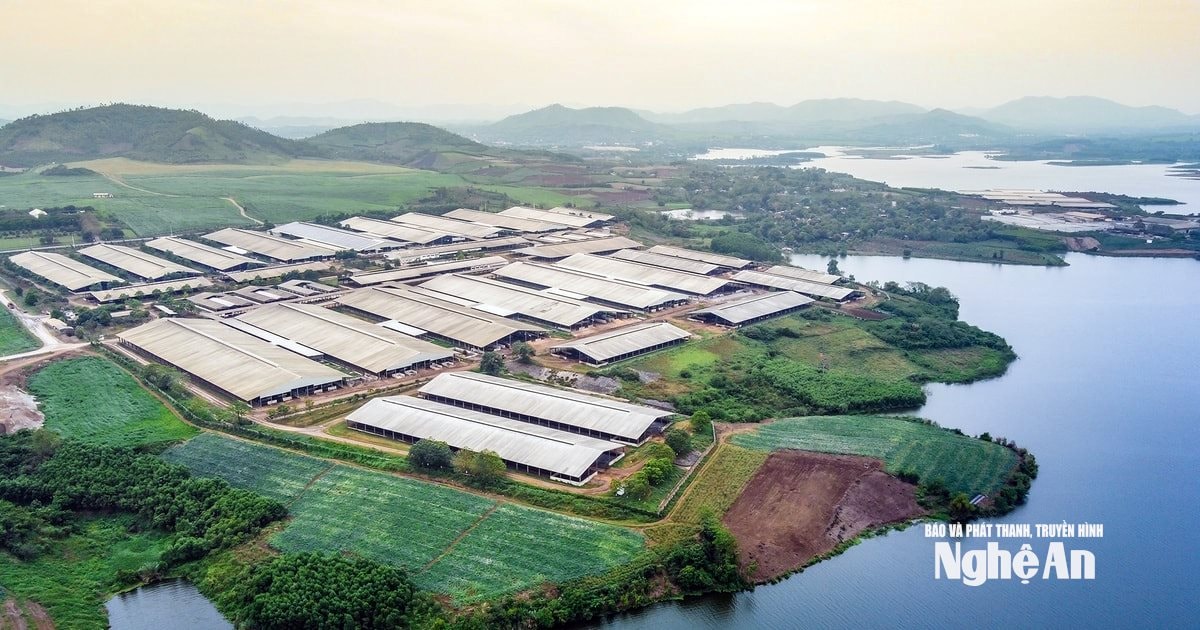
In Quynh Luu commune, the circular shrimp farming model with a closed water filtration system helps reduce costs and limit diseases. In Nghi Loc, fallen pine needles are used to produce organic fertilizer. Eco-industrial parks in the Southeast Economic Zone are transparent in wastewater treatment, energy, and recycling - all forming a vibrant circular economic ecosystem.
.jpeg)
A frequently asked question is: Is circular economy the same as green economy? These two concepts both aim at sustainable development, but differ in approach. Green economy is a development strategy that prioritizes clean energy, emission reduction, and environmental protection; while circular economy is a model for reorganizing the production-consumption process intelligently, extending product life cycles, and optimizing resources. Transitioning to circular economy is not easy. It requires strategic thinking, long-term vision, and sustainable investment orientation to protect common interests and a green development future. Success only comes when there is synchronization between policies, propaganda, incentives, and actions from the central to local levels. If the government, businesses, and people share awareness and act together, the transformation will start from small, practical models - where the value of recycling, product rotation, and circular value chains become smart, profitable, and humane. Circular economy is therefore not only a story of production, but also a cultural journey, an expression of the vision of developing the country in a green, clean and sustainable direction.
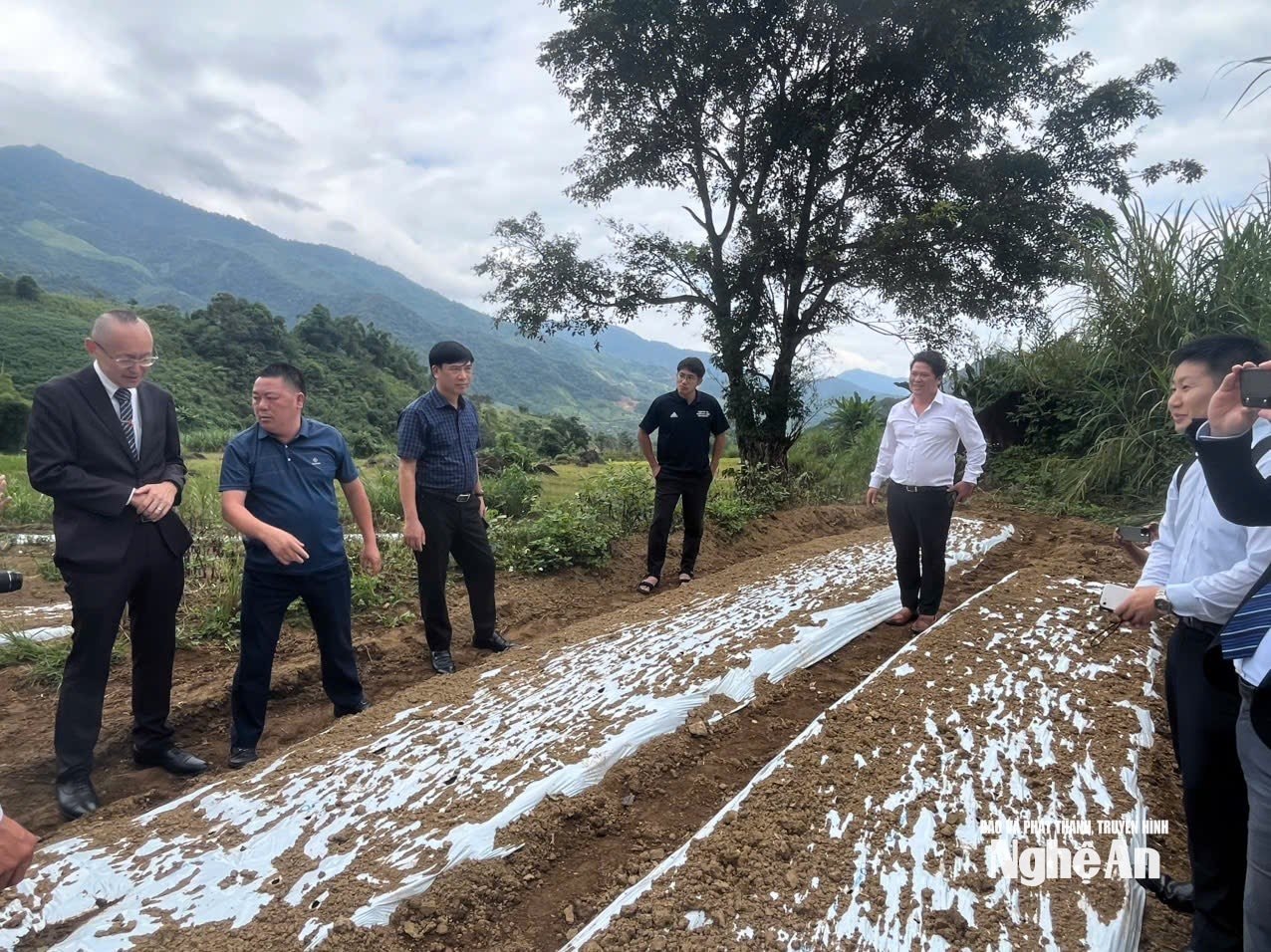
-------------------------------------------
(To be continued)
-------------------o0o-------------------
(To be continued)

